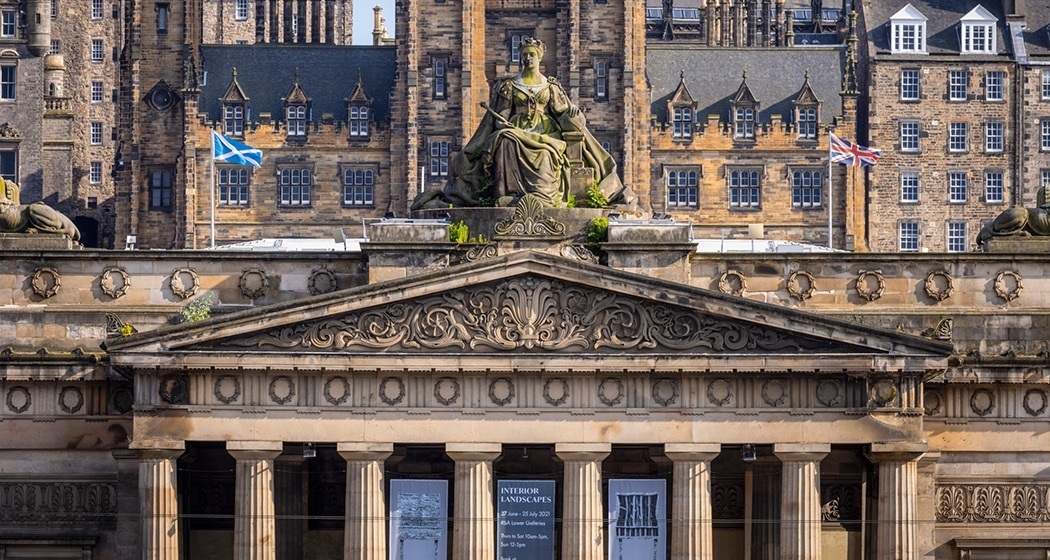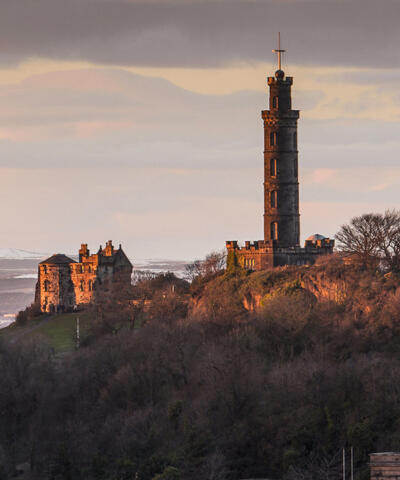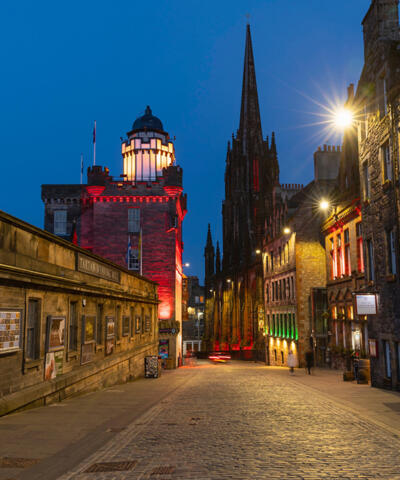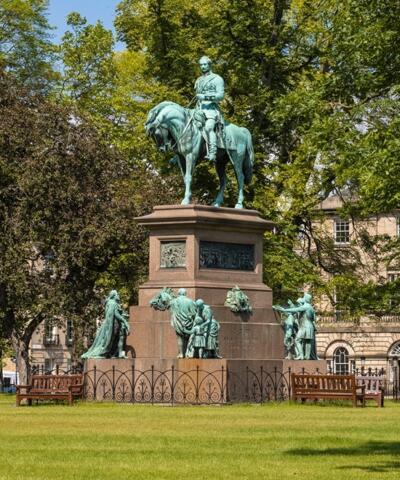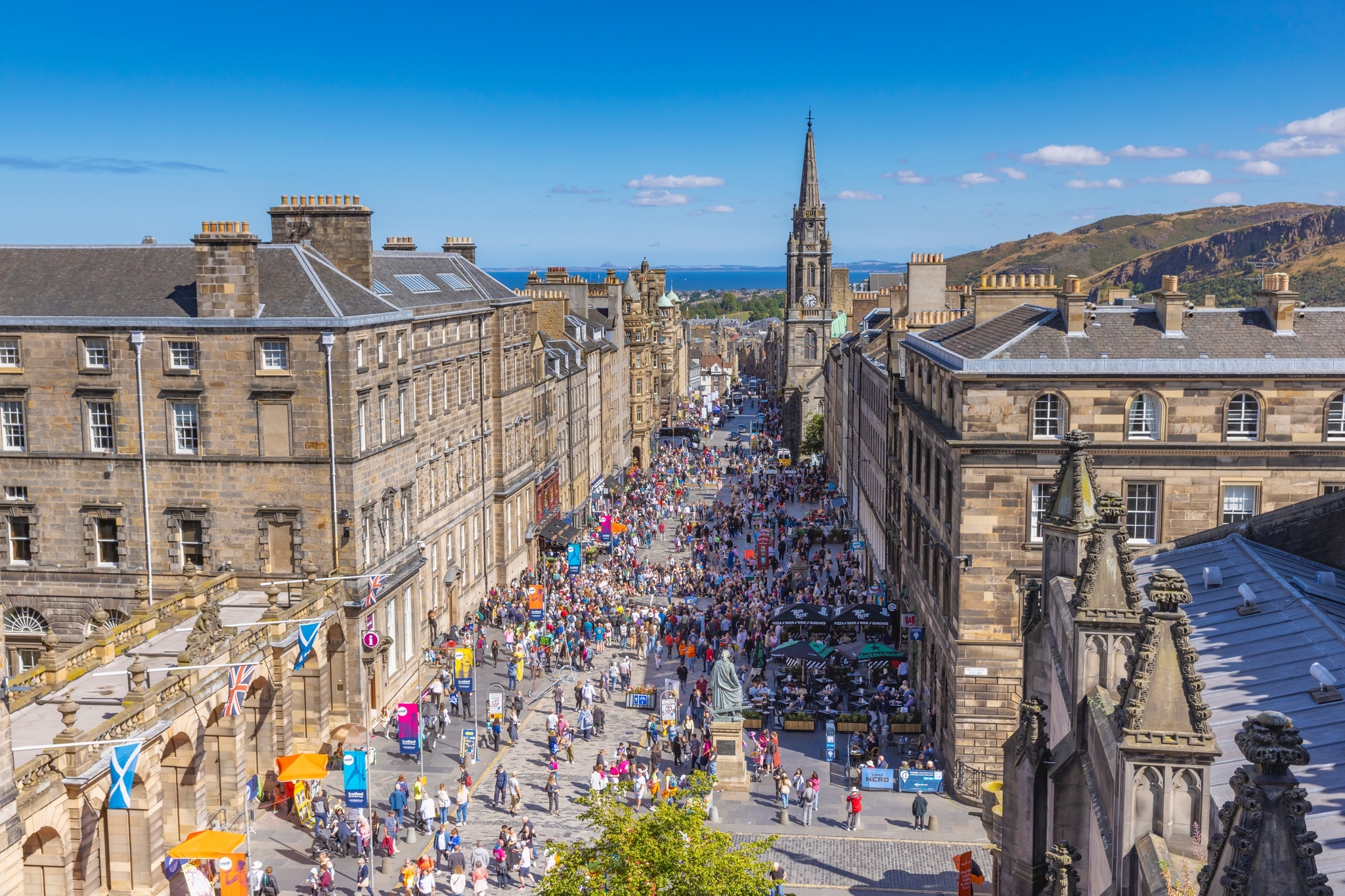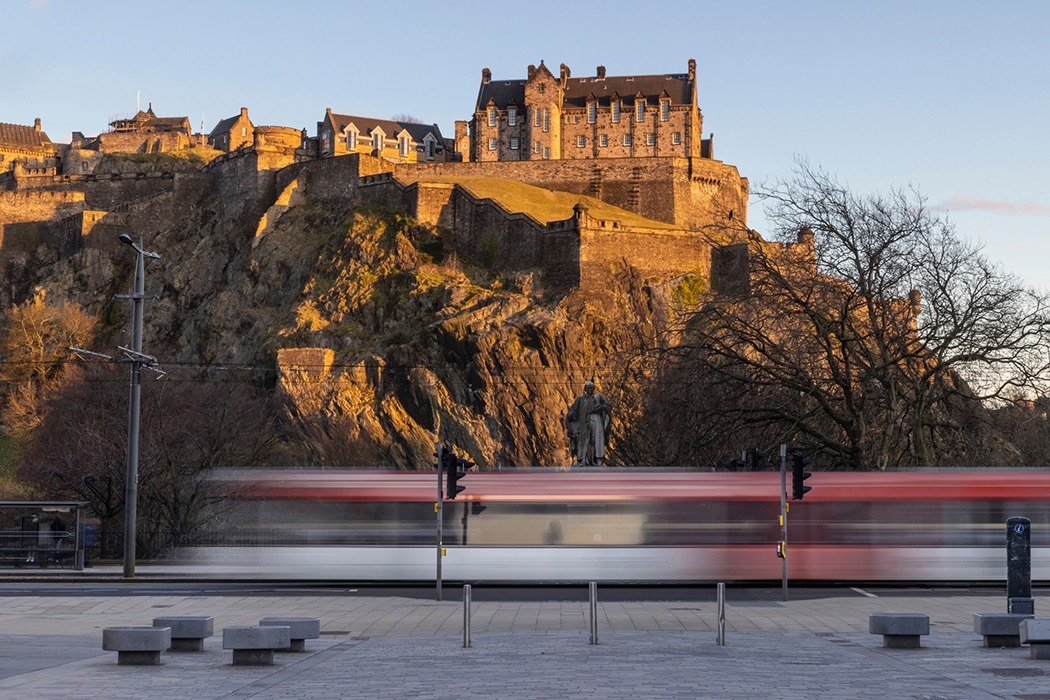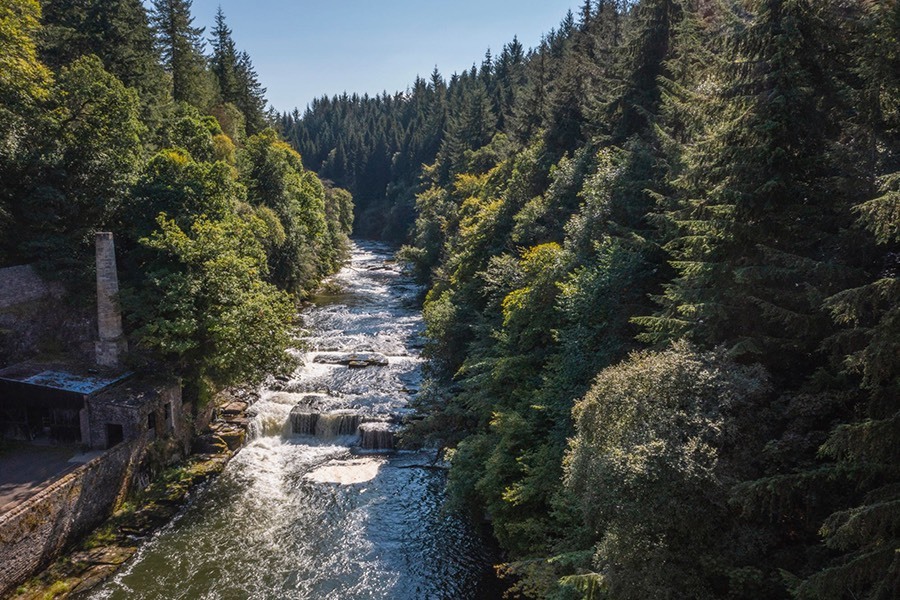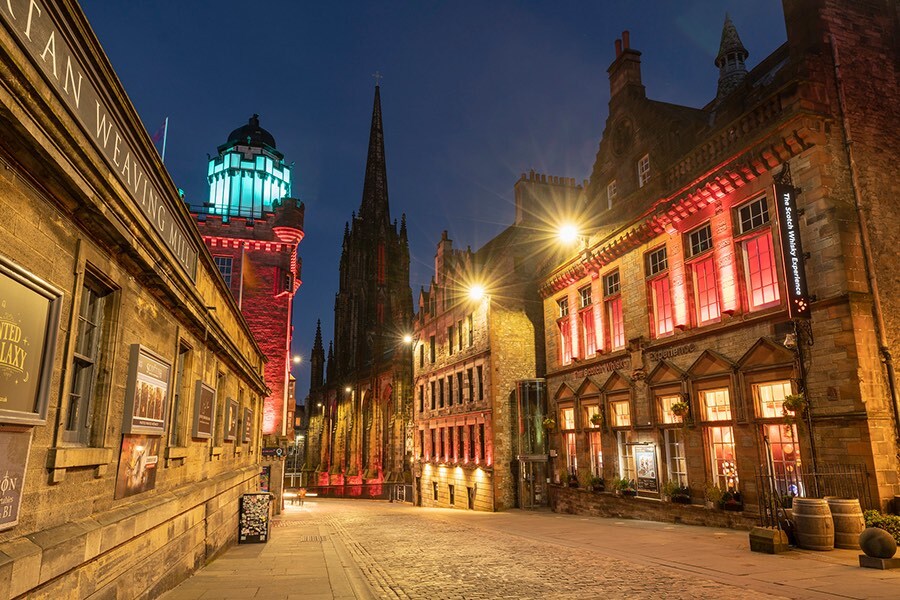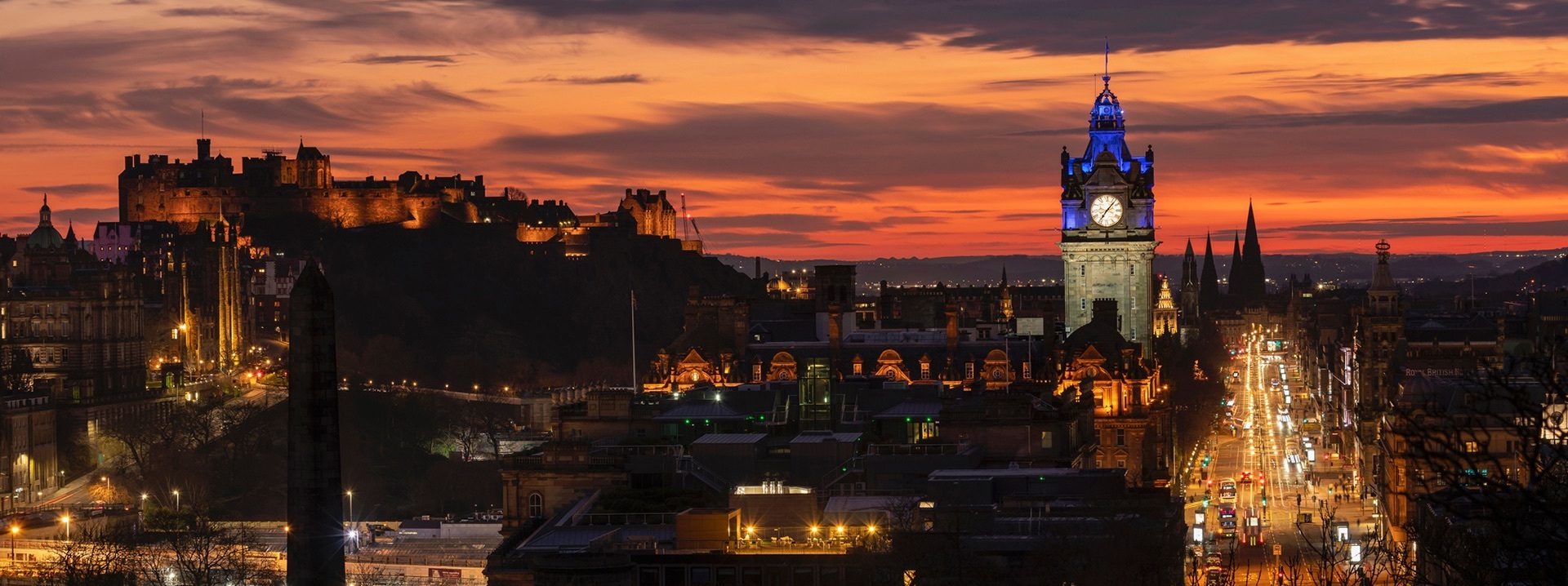
Old and New Towns of Edinburgh UNESCO World Heritage Site
Edinburgh is one of the world’s most beautiful cities. Its historic heart is one of the most striking and architecturally significant in the world, thanks to the dramatic juxtaposition of its Old and New Towns.
In the 18th century, the Old Town was considered unfit for purpose. Overcrowded and unhygienic, the city’s upper classes envisioned a new standard of living which would embody the progressive ideals of the Enlightenment, an intellectual and philosophical movement that had come to dominate European culture.
This led to the creation of the spacious Georgian New Town. While this transition would occur throughout most European cities during this period, nowhere else in the world is this ground-breaking shift in urban planning more dramatic or better-preserved than in Edinburgh.
The city’s unique built heritage, from the labyrinthine closes and vennels of the Old Town to the elegant boulevards and grand symmetry of the New Town, continues to serve as a spellbinding backdrop to a vibrant cultural scene.
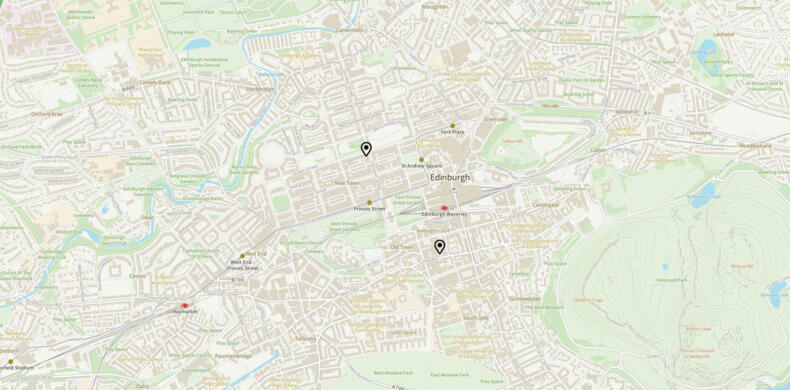
- This UNESCO site is big, spanning 1.75 square miles (4.5 square km) with 4,500 buildings.
Why you should visit
The New and Old Towns of Edinburgh embody everything which makes the city world-renowned. Incorporated into a landscape of crags, dips and undulating hills, Edinburgh offers a constantly changing range of perspectives. From the turreted skyline of the medieval Old Town with its towering medieval tenements to the neat and ordered grid of the neoclassical New Town, a new discovery is waiting to be made each way you turn.
Begin a life-long love of Edinburgh – the city, the people, the heritage and the culture, especially the festivals, art and architecture.”
When you visit
The city is filled not just with amazing views, but with world-renowned museums and galleries which tell the story of the people who have built, worked and lived in these streets and buildings. As time has gone on, spots such as George Street have seen the original owners replaced so that now bank lobbies and private dining rooms and libraries have become incredible eateries, places to stay and impressive stores where you can soak up the incredible architecture.
Support local businesses
Scotland's UNESCO Trail is an opportunity to explore the country in a sustainable and responsible way. Browse our Green Tourism businesses in the area including accommodation, attractions, tours and food & drink. These businesses are assessed in a range of criteria from energy efficiency to biodiversity and awarded bronze, silver or gold accreditation.
Read more about sustainable ways to explore and travel on Scotland's UNESCO Trail.
Best in Class
How to Visit
There are many ways to get around Edinburgh’s Old and New Towns and the wider city, but the most eco-friendly and best way to explore is on foot. There are also plenty of buses
and well as a tram system. There are a number of bike hire schemes with hire stations located across the city for those that prefer to get around on two wheels.
It also encouraged to venture beyond the city centre and discover Edinburgh’s many unique neighbourhoods, for a different perspective of the city and its locals. Try Stockbridge in the city’s West End or why not explore Marchmont near the university? There’s also the refined residential enclave of Morningside to the south and vibrant Leith in the north, which is now one of the city's trendiest areas.
- Find out more about getting to and around Edinburgh & The Lothians.
- Follow trails around Edinburgh’s World Heritages Site.
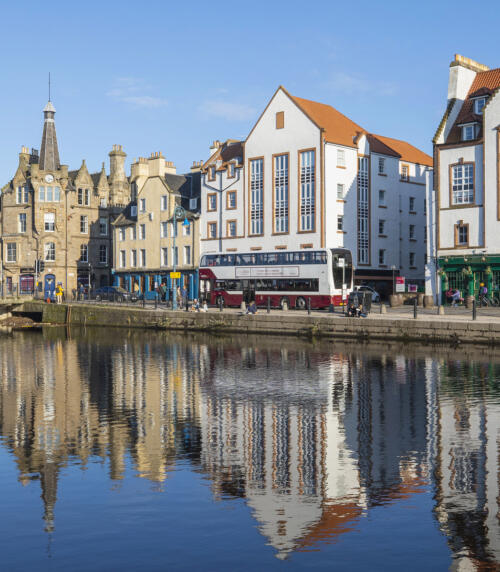
Journeys

Discover & Explore the UNESCO Sites of Central East Scotland
To arrive in the east of Scotland from most places in the UK, it’s a simple case of hopping on a train from the nearest station and arriving in Edinburgh Waverley Train Station. There’s also Edinburgh Airport with connections to international hubs across the UK and Europe. From here, reach Dundee by train, or make use of excellent rail, bus, and cycle networks to explore the wider region. Find practical advice and tips on getting around the cities and the region’s UNESCO World Heritage Sites, attractions, accommodation, and places to eat.
View JourneyLearn more about UNESCO
The Sustainable Development Goals (SDGs) are an urgent call for action of a global partnership of countries. They recognise that ending poverty and other deprivations works hand-in-hand with strategies to improve health and education, reduce inequality and encourage economic growth, alongside tackling climate change.
All of our UNESCO designations work towards the UN SDGs – this is looking at their work towards three in particular.
United Nations Sustainable Development Goals
The Old and New Towns of Edinburgh are one of six UNESCO World Heritage Sites in Scotland. That’s quite the feat for such a compact country; it’s also testament to the scope and richness of Scotland’s culture and history.
In addition to this, Edinburgh was also the first city in the world to be named a UNESCO City of Literature, helped by the city’s extraordinary architectural character which has inspired generations of great writers.
- Find out more from UNESCO about The Old and News Towns of Edinburgh.
- Check out all of the United Nations Sustainable Development Goals.
- Read more about Scotland's UNESCO Trail and watch UNESCO: Explained.
- See how to be a responsible visitor to Scotland.
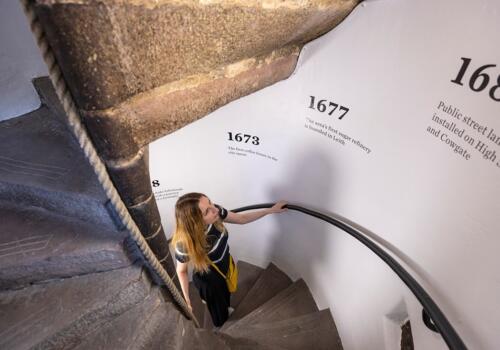
Edinburgh's Sustainable Development Goals
Here’s how Edinburgh's Old and New Town is working towards three of the goals.
Goal 1
No Poverty
Edinburgh’s Poverty Commission has set out a plan for the elimination of poverty also by 2030.
Goal 11
Sustainable cities & communities
Edinburgh has set out a vision to be thriving, welcoming, fair and pioneering.
Goal 13
Climate action
Edinburgh is committed to achieving zero carbon by 2030.
Useful links
